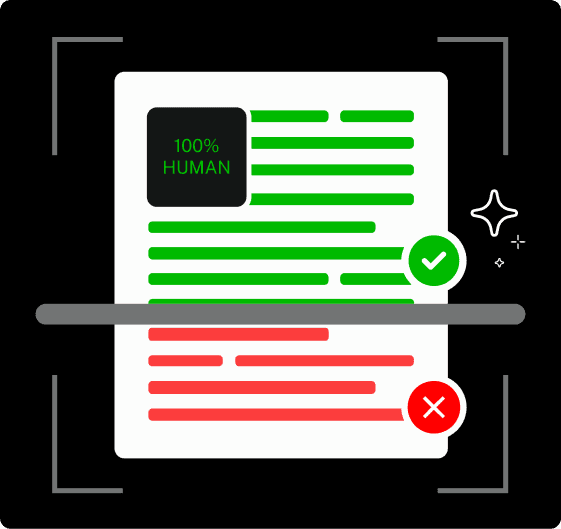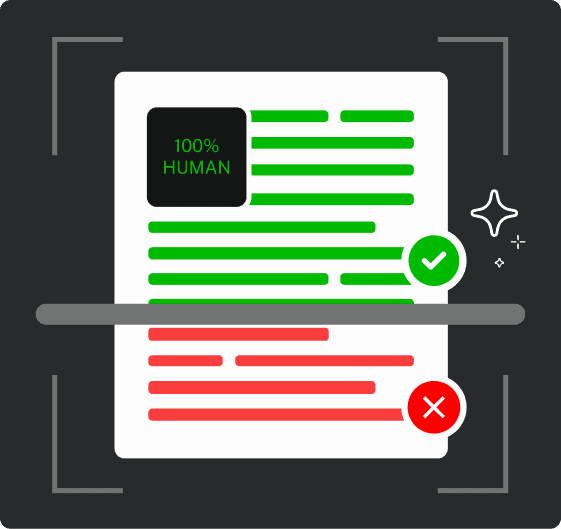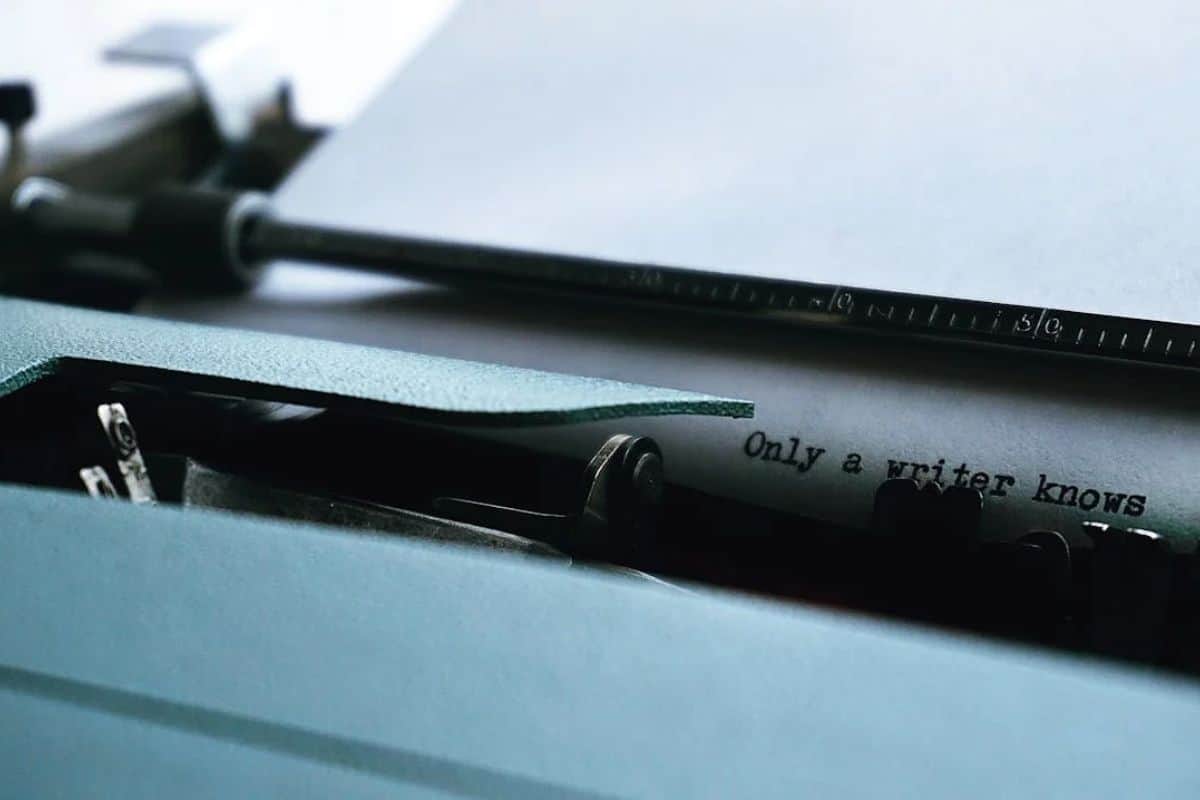Writing is where your imagination runs wild—you get to create your own characters, plots, and twists. But sometimes, you can get too carried away, and what started as a simple short story turns into a full-length book.
But once you’ve defined your story’s purpose, word count matters. Different story lengths serve different purposes and create different reading experiences.
You wouldn’t write a novel for a quick hello or cram a whole story onto a postcard.
If you’re writing a short story, whether it’s a psychological thriller like The Tell-Tale Heart or a dialogue-driven story like Hills Like White Elephants, you’ll want to know how many words you’re aiming for before you write.
This guide will break down everything you need to know about short story word counts.
We’ll cover why these numbers matter, what different categories exist, and how to hit your target length without sacrificing your story’s soul.
Why Word Count Matters in Short Fiction
Word count isn’t just about following rules for the sake of following rules. It’s more about understanding your audience and matching your story to the right platform.
Publishers have practical limitations.
Print magazines have limited page space. Online publications need to maintain reader engagement in an attention-span-challenged world. Contest organizers need to manage judging workloads.


Never Worry About AI Detecting Your Texts Again. Undetectable AI Can Help You:
- Make your AI assisted writing appear human-like.
- Bypass all major AI detection tools with just one click.
- Use AI safely and confidently in school and work.
When your story doesn’t fit their guidelines, it gets rejected before anyone even reads the first sentence.
But it goes deeper than logistics. Word count shapes the entire reading experience. Flash fiction delivers a quick punch of emotion or insight.
Traditional short stories allow for character development and plot complexity. Longer pieces can explore themes more thoroughly. Each length creates a different kind of literary conversation with your reader.
Writers often resist these constraints, thinking they limit creativity.
That’s backwards thinking.
Constraints actually fuel creativity. They force you to make intentional choices about every word, every scene, every character. The haiku wasn’t invented to torture poets.
It was created to distill emotion and imagery into their purest forms.
When someone asks, “How long is your story?” they’re really asking, “What kind of experience are you trying to create?” Your answer should be deliberate, not accidental.
And if you want to be more accurate, use tools like Undetectable AI Word Counter to track your progress as you write. It gives you real-time feedback on your draft length, helping you stay within publishing guidelines from the start rather than trying to fix everything in revision.

Most writers check their word count only after finishing their first draft, and that’s a big mistake.
Monitoring your length throughout the writing process helps you pace your story correctly and avoid the painful experience of cutting entire scenes or characters later.
Defining the Short Story: A Quick Overview
Before we dive into specific word counts, let’s clarify what we mean by “short story.”
The term isn’t as obvious as it sounds because the definition has evolved over time and varies across cultures and genres.
A short story is a complete narrative that can be read in one sitting. It typically focuses on a single incident, character, or theme.
Unlike novels, short stories don’t have room for multiple subplots or extensive character backstories. They’re more like photographs than films: they capture a specific moment with precision and impact.
The keyword here is “complete.” A short story isn’t a chapter from a larger work or a scene that could be expanded into something bigger. It’s a fully realized artistic statement that stands alone.
Think of Alice Munro’s stories or Jorge Luis Borges’ ficciones. Each one creates an entire world within just a few pages.
Short stories also tend to focus on revelation rather than resolution. While novels often show characters changing over time, short stories usually reveal something that was already true but hidden.
The character doesn’t necessarily become someone new. Instead, readers discover who they really were all along.
Genre affects this definition somewhat. Science fiction and fantasy short stories might spend more words on world-building, while literary fiction might prioritize emotional subtlety over plot mechanics.
But the core principle remains: economy of language in service of maximum impact.
Need help clarifying your story structure or have genre-specific questions?
Use Undetectable AI’s AI Chat feature to get instant feedback on your narrative choices as you write. It’s like having a writing mentor available 24/7.

The AI Chat can help you determine whether your concept works better as flash fiction or a longer piece, suggest ways to tighten your narrative focus, or clarify genre conventions you should follow.
Standard Word Count Ranges

Here’s where things get specific. Different publications and contests use slightly different ranges, but these categories are widely recognized across the industry.
Flash Fiction
Word Count: 300–1,000 words
Flash fiction is the haiku of prose. Every word carries enormous weight, where there’s no room for throat-clearing or setup. You start in the middle of the action and end before the reader has time to get comfortable.
The best flash fiction pieces feel like they’re revealing the tip of an iceberg. The reader senses a much larger story underneath, but the author has chosen to show just this one crucial moment. Think of it like capturing an entire relationship or life story in a single photo frame.
Popular flash fiction publications include SmokeLong Quarterly, Wigleaf, and Matchbook. Many literary magazines also include flash pieces as palate cleansers between longer stories.
Writing effective flash fiction requires ruthless editing. Every sentence must advance the story or reveal character.
Description should serve emotion or atmosphere, while dialogue carries the weight of entire conversations that happened off-page.
Short Short Story
Word Count: 1,000–2,500 words
This category sits in the sweet spot between flash fiction and traditional short stories, where you have enough space to develop a character and explore a situation without the compression demands of flash fiction.
Short short stories often focus on a single scene or conversation, but they can include brief backstory or multiple locations. They’re perfect for character studies or exploring the fallout from a specific event.
Many online publications prefer this length because it works well for digital reading. It’s long enough to feel substantial but short enough to read during a coffee break or commute.
Think of authors like Grace Paley or Amy Hempel. Their stories often fall into this range, packing incredible emotional punch into relatively few pages.
Short Story
Word Count: 2,500–7,500 words
This is the traditional short story range most people think of when they hear the term, where you have room for plot development, character growth, and thematic exploration. Multiple scenes become possible, along with more complex story structures.
Most prestigious literary magazines publish stories in this range. The New Yorker, The Atlantic, and Granta all typically feature stories between 3,000 and 6,000 words.
At this length, you can employ traditional narrative techniques like rising action, climax, and resolution. Character backstory becomes feasible. Supporting characters can have their own brief arcs.
More importantly, this is where writers start learning how theme development works—not just inserting a message, but letting it emerge organically through the protagonist’s choices and the story’s turning points.
The challenge here is maintaining focus. It’s easy to drift into subplot territory or include scenes that don’t serve the core.
Every element still needs to earn its place, but you’ve got more room to build something that resonates.
Novelette
Word Count: 7,500–17,500 words
Novelettes occupy an awkward middle ground between short stories and novellas. They’re too long for most literary magazines but too short for book publication.
This length works best for genre fiction, particularly science fiction and fantasy, where world-building requires additional words.
Hugo and Nebula Awards have specific novelette categories, recognizing the unique challenges and opportunities of this length.
Authors like Ted Chiang and Ken Liu have mastered the form, creating complex narratives that can’t be told effectively at shorter lengths.
If you’re writing a novelette, you’re probably targeting genre publications or digital platforms that aren’t constrained by print space limitations.
What Editors and Publishers Expect

Understanding word count ranges is just the beginning.
You also need to know how editors think about length in relation to your story’s content and their publication’s needs.
Editors aren’t counting words to be sticklers. They’re managing practical constraints while trying to publish the best possible content.
A literary magazine might have space for three 2,000-word stories or one 6,000-word piece. If your story is 3,500 words, it needs to be significantly better than two 1,750-word alternatives to justify the space.
Different types of publications have different sweet spots. Literary journals often prefer longer, more developed pieces that showcase craft and depth.
Online publications might favor shorter pieces that work well on mobile devices. Contest organizers often set strict limits to manage judging logistics.
Genre matters enormously. Science fiction publications expect longer word counts because world-building takes space.
Literary fiction can accomplish more with fewer words because it relies on familiar settings and situations.
Romance stories often follow specific structural expectations that require certain minimum lengths.
Pay attention to submission guidelines, but also study what publications actually publish.
Guidelines might say “up to 5,000 words,” but if you look at their recent issues, you might notice they rarely publish anything over 3,500 words. That tells you something about their real preferences.
Timing also affects preferences.
Holiday issues might favor shorter pieces to accommodate more variety, and special themed issues might have different length requirements than regular issues.
The key insight: editors aren’t just looking for good stories. They’re looking for good stories that fit their specific needs at a particular moment.
Understanding those needs gives your work a better chance of finding the right home.
How to Trim or Expand Your Short Story
So your story is 4,200 words, but your target publication prefers pieces under 3,500. Or maybe you’ve written 1,800 words, but realize you need to increase the word count.
What do you do?
First, resist the urge to cut or add arbitrarily. Every change should improve the story, not just hit a word count target. Bad editing in service of word count creates weak stories that nobody wants to publish.
For trimming stories:
Start with the obvious cuts. Remove unnecessary adverbs and adjectives. Look for redundant phrases or repeated information. Cut transition sentences that don’t add meaning.
Examine your opening. Many stories improve dramatically when you cut the first paragraph or even the first page. Writers often write their way into stories, including setups that readers don’t actually need.
Look for scenes that don’t advance the plot or reveal character. That beautiful description of the sunset might be well-written, but if it doesn’t serve the story’s central purpose, it has to go.
Combine characters when possible. If you have three friends giving the protagonist advice, maybe one friend can deliver all the necessary information. Fewer characters mean fewer introductions and less confusion.
Cut the backstory ruthlessly. Readers can infer more than you think. That detailed explanation of why your protagonist fears commitment might be unnecessary if their actions already show it.
For expanding stories:
Add scenes that deepen character understanding. Show the protagonist making smaller decisions that illuminate their personality before the big climactic choice.
Develop supporting characters just enough to make them feel real. A few specific details often work better than lengthy descriptions.
Include sensory details that immerse readers in the story world. What does the protagonist’s apartment smell like? What sounds interrupt their thinking?
Add complications that raise the stakes. What else could go wrong at the worst possible moment?
Expand dialogue to show character relationships more clearly. People rarely say exactly what they mean, and those subtleties take words to develop.
The most important rule: Every change must serve the story. Word count is a constraint, not a goal. Your story should feel complete and satisfying at whatever length serves it best.
Tap into the power of smart tools—our AI Detector and Humanizer await in the widget below!
Make Your Story Short, But Powerful
Word count in short fiction isn’t about arbitrary rules or editorial tyranny. It’s about understanding the relationship between form and function and between constraint and creativity.
Different story lengths create different reading experiences. Flash fiction delivers quick, powerful moments.
Traditional short stories allow for deeper character exploration. Longer pieces can tackle complex themes and situations.
Your job as a writer is to match your story concept to the appropriate length and then execute that vision with precision and skill.
Sometimes this means cutting beloved passages that don’t serve the central narrative, and other times, it means adding depth and complexity to underdeveloped elements.
Need help keeping your story within the right limits?
Use Undetectable AI’s Word Counter to stay on track.
The writers who succeed in short fiction aren’t necessarily the most talented. They’re the ones who understand these constraints and use them as creative tools rather than fight against them.
